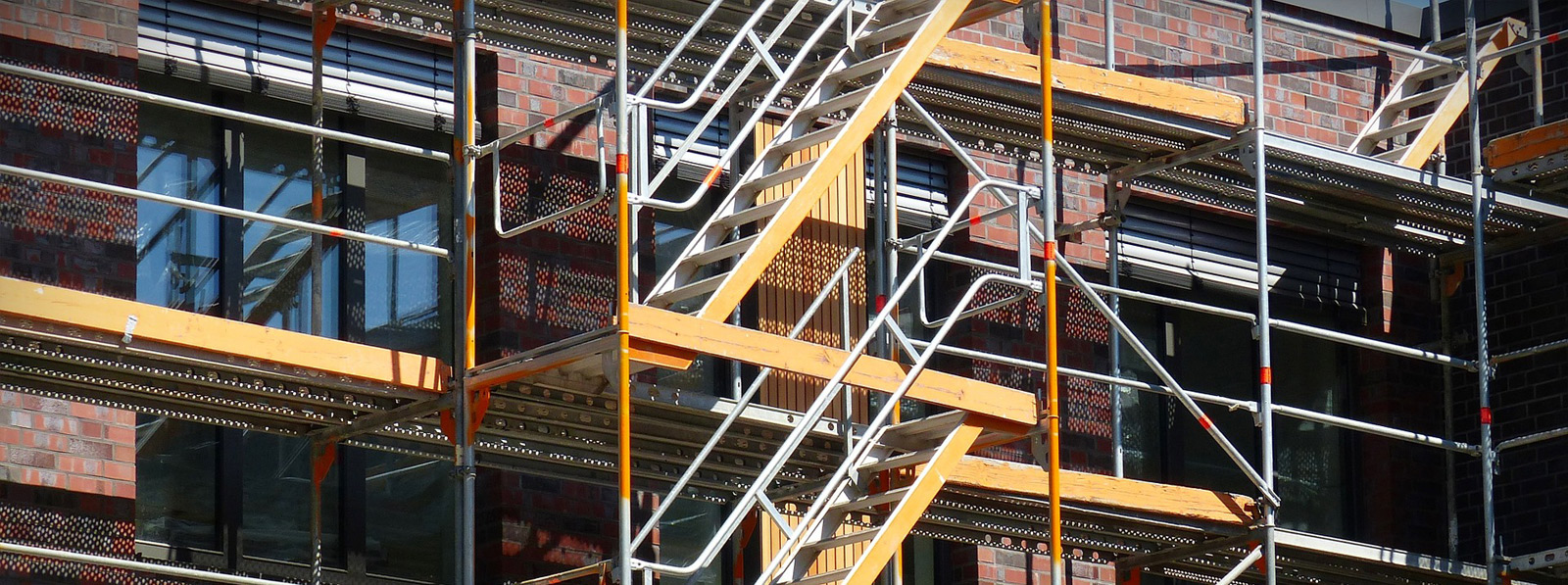Business supports plays a pivotal role in the construction sector, providing essential support and access for workers engaged in a range of projects. Be it a busy downtown high-rise, a revamp of a heritage building, or the construction of modern retail locations, scaffolding ensures that job locations are secure and efficient. Understanding the rules that govern commercial scaffolding is essential for contractors, project managers, and safety personnel as well. This manual covers everything you need to know about scaffolding regulations, from categories of scaffolding to security protocols and compliance measures.
As business projects grow in size and complexity, having the appropriate scaffolding system becomes increasingly necessary. It not only enhances site security but also contributes to the overall success of the construction process. In this article, we will delve into the various kinds of scaffolding used in business projects, explore how scaffolding contributes to workplace safety, and discuss the regulatory framework that ensures adherence. With a focus on best practices, we aim to equip readers with the understanding needed to maneuver through the frequently intricate world of business scaffolding.
Understanding Scaffolding Regulations
Scaffolding regulations is vital to ensuring safety and compliance within professional building. These rules are intended to safeguarding workers and the general public against prospective risks associated with scaffold systems, which include incidents and structural failures. Organizations like OSHA furnish specific guidelines which scaffolding must meet. Understanding https://canvas.instructure.com/eportfolios/3548698/entries/13062267 is important for every construction company to reduce perils and stay away from costly penalties.
In addition to national regulations, several states have individual rules that might enforce stricter requirements. Companies have to understand the two sets of rules so as to guarantee complete conformance. This entails understanding the requirements regarding designing scaffold systems, erection, and operation, as well as maintaining detailed documentation of evaluations as well as safety training. Compliance not only improves the safety and also builds reputation with clients as well as partners.
Frequent assessments and updates to scaffolding regulations is necessary since construction techniques evolve while emerging risks are identified. Being aware about updates in regulations helps organizations adapt their safety practices and educational programs as needed. It is important that construction managers and employees should engage in continuous education related to the standards for scaffolding, which will not only enhance workplace safety but also promote an environment that embodies compliance within the organization.
Boosting Protection and Conformity
Protection is essential in commercial scaffolding, as the height and character of these installations can pose serious hazards. Ensuring adherence with safety guidelines not only safeguards employees but also reduces the chance of project delays due to incidents. Scaffolding must be engineered and constructed according to established guidelines, such as those set forth by OSHA, to ensure that all laborers are protected during their duties. This includes adhering to proper load capacities, ensuring stability, and equipping scaffolds with necessary safety features.
Routine safety checks are essential to maintaining a safe working environment. These inspections help detect potential hazards such as deterioration, improper assembly, or any factors that might endanger the integrity of the scaffolding. By performing comprehensive, regular checks and following compliance requirements, companies can tackle issues before they worsen, promoting a environment of safety among crew members. Training workers on safety guidelines and supplying them with the requisite knowledge fosters an environment where everyone is aware of the risks associated with scaffolding.
Compliance with scaffolding standards also shows a company’s dedication to safety, which can improve its standing and client trust. By focusing on adherence to safety regulations and actively mitigating risks, businesses can not only safeguard their employees but also boost their overall operational efficiency. A well-implemented safety plan leads to less incidents, lower insurance premiums, and a more efficient worksite, ultimately benefiting all parties involved in the commercial project.
Determining the Appropriate Scaffolding Systems

Choosing the appropriate scaffolding solution is vital for ensuring project efficiency and safety. Every commercial project comes with unique requirements based on its size, type, and specific challenges. Therefore, understanding the scope of your project is the first step. For instance, high-rise construction often requires different systems compared to retail or office builds. Evaluating load-bearing needs, site access, and the duration of the project can help you in choosing the most suitable scaffolding solution.
There are various types of scaffolding systems available, all with its advantages. Modular scaffolding offers flexibility and speed of assembly, making it suitable for projects that require quick adjustments. On the alternative hand, tube and clamp scaffolding provides a more customized approach, able of adapting to complex structures. Considerations such as weight capacity, environment, and frequency of use will impact your choice between these systems, ensuring that you choose a solution that aligns with the safety regulations and project demands.
Furthermore, consulting with a professional scaffolding company can greatly boost your decision-making process. Their expertise in scaffold design and compliance with safety standards can help establish the best system for your needs. By utilizing their knowledge, you can manage the complexities of scaffolding logistics, ensuring that the selected solutions not only fulfill regulatory requirements but also contribute to a safe and efficient work environment.
